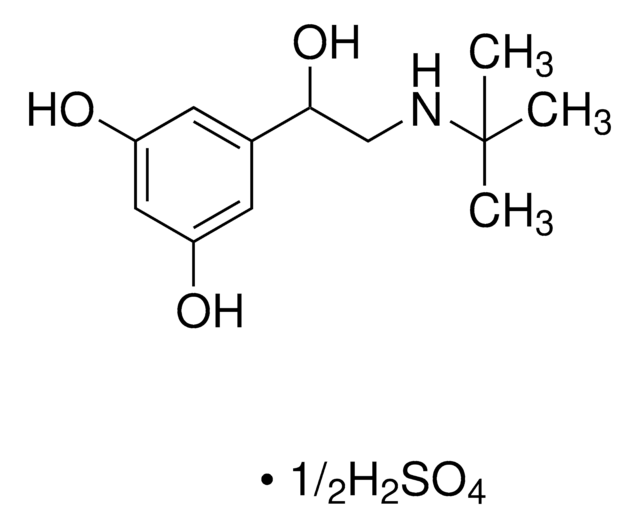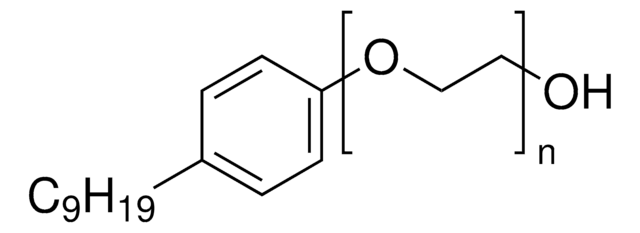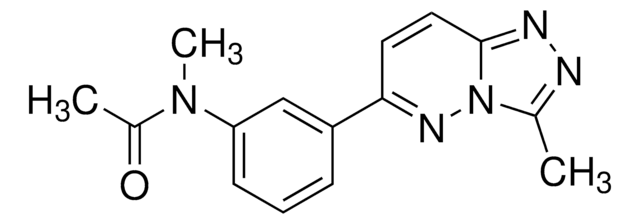Key Documents
SML0366
Cipamfylline
≥98% (HPLC)
Synonim(y):
8-Amino-1,3-bis(cyclopropylmethyl)-3,9-dihydro-1H-Purine-2,6-dione, BRL 61063
About This Item
Polecane produkty
Próba
≥98% (HPLC)
Postać
powder
kolor
white to beige
rozpuszczalność
DMSO: >10 mg/mL
temp. przechowywania
2-8°C
ciąg SMILES
Nc1nc2N(CC3CC3)C(=O)N(CC4CC4)C(=O)c2[nH]1
InChI
1S/C13H17N5O2/c14-12-15-9-10(16-12)17(5-7-1-2-7)13(20)18(11(9)19)6-8-3-4-8/h7-8H,1-6H2,(H3,14,15,16)
Klucz InChI
KSPYMJJKQMWWNB-UHFFFAOYSA-N
Działania biochem./fizjol.
Cechy i korzyści
Kod klasy składowania
11 - Combustible Solids
Klasa zagrożenia wodnego (WGK)
WGK 3
Temperatura zapłonu (°F)
Not applicable
Temperatura zapłonu (°C)
Not applicable
Certyfikaty analizy (CoA)
Poszukaj Certyfikaty analizy (CoA), wpisując numer partii/serii produktów. Numery serii i partii można znaleźć na etykiecie produktu po słowach „seria” lub „partia”.
Masz już ten produkt?
Dokumenty związane z niedawno zakupionymi produktami zostały zamieszczone w Bibliotece dokumentów.
Produkty
Cyclic nucleotide phosphodiesterases (PDEs) catalyze the hydrolysis of cAMP and/or cGMP. There are 11 different mammalian PDE families.
Nasz zespół naukowców ma doświadczenie we wszystkich obszarach badań, w tym w naukach przyrodniczych, materiałoznawstwie, syntezie chemicznej, chromatografii, analityce i wielu innych dziedzinach.
Skontaktuj się z zespołem ds. pomocy technicznej








